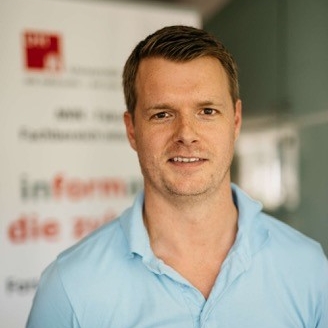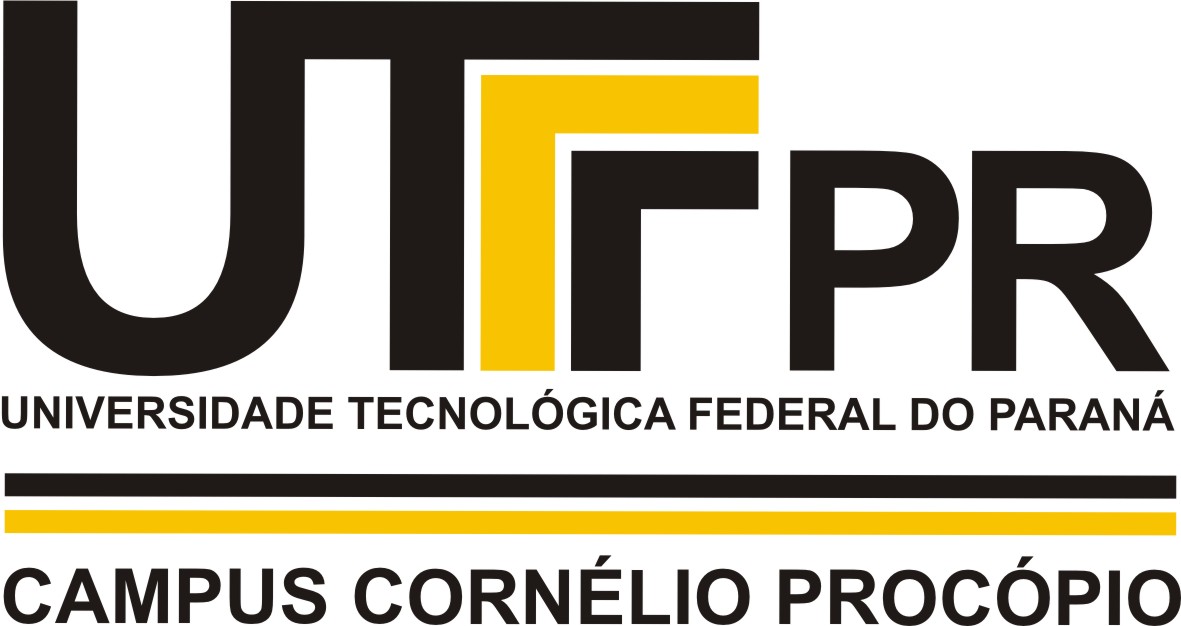Keynote Speakers
Mark Billinghurst

Mark Billinghurst is Professor of Human Computer Interaction at the University of South Australia in Adelaide, Australia. He earned a PhD in 2002 from the University of Washington and researches innovative computer interfaces that explore how virtual and real worlds can be merged, publishing over 300 papers in topics such as wearable computing, Augmented Reality and mobile interfaces. Prior to joining the University of South Australia he was Director of the HIT Lab NZ at the University of Canterbury and he has previously worked at British Telecom, Nokia, Google and the MIT Media Laboratory. His MagicBook project, was winner of the 2001 Discover award for best entertainment application, and he received the 2013 IEEE VR Technical Achievement Award for contributions to research and commercialization in Augmented Reality. In 2013 he was selected as a Fellow of the Royal Society of New Zealand.
Augmented Reality; The Next Twenty Years
The first Augmented Reality (AR) systems were developed 50 years ago, but it is only in the last 10 years that AR has become widely available for consumers. Since that time AR technology has rapidly advanced with large companies such as Microsoft, Intel, Sony, Google, Apple and Samsung all making significant investments in the field. However the current state of the art is still far from the visions of the first AR researchers. This presentation discusses trends in AR that will have a significant effect in the next twenty years, and how the pace of innovation will continue to accelerate, creating even better AR experiences in the future.
Frank Steinicke

Frank Steinicke is a professor for Human-Computer Interaction at the Department of Informatics at the University of Hamburg. His research is driven by understanding the human perceptual, cognitive and motor abilities and limitations in order to reform the interaction as well as the experience in computer-mediated realities. Frank Steinicke regularly serves as panelist and speaker at major events in the area of virtual reality and human-computer interaction and is on the IPC of various national and international conferences. He serves as the program chair for IEEE VR 2017/2018, which is the most renowned scientific conference in the area of VR/AR. Furthermore, he is a member of the Steering committee of the ACM SUI Symposium and the GI SIG VR/AR, and currently editor of the IEEE Computer Graphics & Applications Department on Spatial Interfaces.
4 Times S in the Next User Interface Paradigm for VR: Supernatural, Spatial, Smart & Social
The notion of a computer-mediated or virtual reality, in which synthetic objects or the entire virtual environment get indistinguishable from the real world, dates back to Plato’s “The Allegory of the Cave” and has been reconsidered again and again in science fiction literature as well as the movie industry. For instance, virtual reality is often used to question whether we truly “know” if our perceptions are real or not. Early science fiction movies like “The Matrix” or the fictional holodeck from the Star Trek universe are prominent examples of these kind of perceptual ambiguities. Furthermore, in movies like Steven Spielberg’s “Minority Report”, Jon Favreau’s “Iron Man′′, or Brad Bird’s “Mission Impossible 4” actors can seamlessly use free-hand gestures in space combined with speech to manipulate 3D holographic projections, while they also perceive haptic feedback when touching virtual objects.
In my talk I will revisit some of the most visually impressive 3D user interfaces and experiences, and discuss their benefits and drawbacks. Finally, I will argue that successful user interfaces for the next human-computer interaction paradigm need to be supernatural, spatial, smart, and social.









